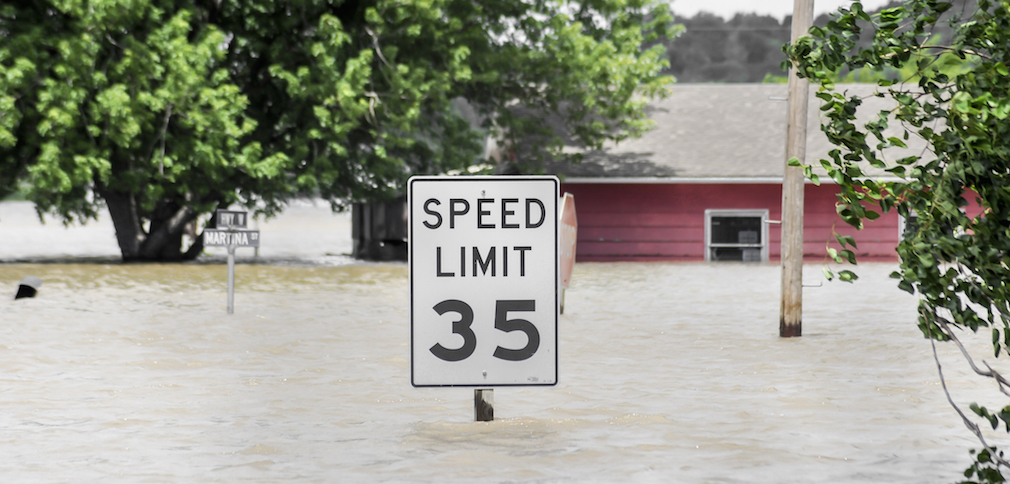In an unlikely pairing, Reps. Earl Blumenauer, D-Ore., and Sean Duffy, R-Wis., co-authored a blog for Bloomberg to emphasize the urgency and need to fix America’s flood insurance program.
Earlier this month, President Donald Trump signed a three-month extension to the National Flood Insurance Program in order to give Congress more time to come up with a long-term financial solution for the program.
While the program has struggled to gain a lot of attention over the years, the recent destruction of Hurricane Harvey and Irma pushed the urgency for a solution to the program to the surface.
And the program is far from new. The program was established in 1968 to reduce the impact of flooding on private and public structures.
“It does so by providing affordable insurance to property owners and by encouraging communities to adopt and enforce floodplain management regulations,” according to the FEMA’s website.
The blog stated that the drastic reform of the National Flood Insurance Program is long overdue.
From the piece:
The program now subsidizes insurance for millionaires, puts low-income families in harm’s way, and keeps people trapped in vulnerable homes by masking the true risk of flooding. The president and Congress have just extended the program for three months, creating a perfect opportunity for Congress to enact bipartisan reforms.
The NFIP was established nearly 50 years ago for good reason: The private sector had no appetite or capacity to undertake the tremendous and unpredictable risk of flooding. But over the years, the program has been seriously mismanaged. And today, technology has made it easier to manage and predict risks. So it’s worth exploring ways to give private insurance companies the incentive to share the financial costs of flood insurance.
In order to put the program back on a fiscally responsible path, the blog suggested that top priority should be to update all flood maps.
According to a recent report from the Congressional Budget Office, a nonpartisan analysis for the U.S. Congress, the program has an expected one-year shortfall of $1.4 billion.
From the blog:
We must stop giving subsidies to some property owners and sending misleading signals to all of them. We need to be sensitive to problems this will create for some owners, especially those with low and moderate incomes. But the NFIP’s subsidized rates make flood-prone properties more affordable, and we should subsidize only owners who are truly in need.
The blog comes at the beginning of the three-month countdown for Congress to come up with a solution. While the two emphasized that their first job is to help the victims of Hurricanes Harvey and Irma, the two are hopeful that Congress can come to an agreement on a fix to the flood insurance program.





